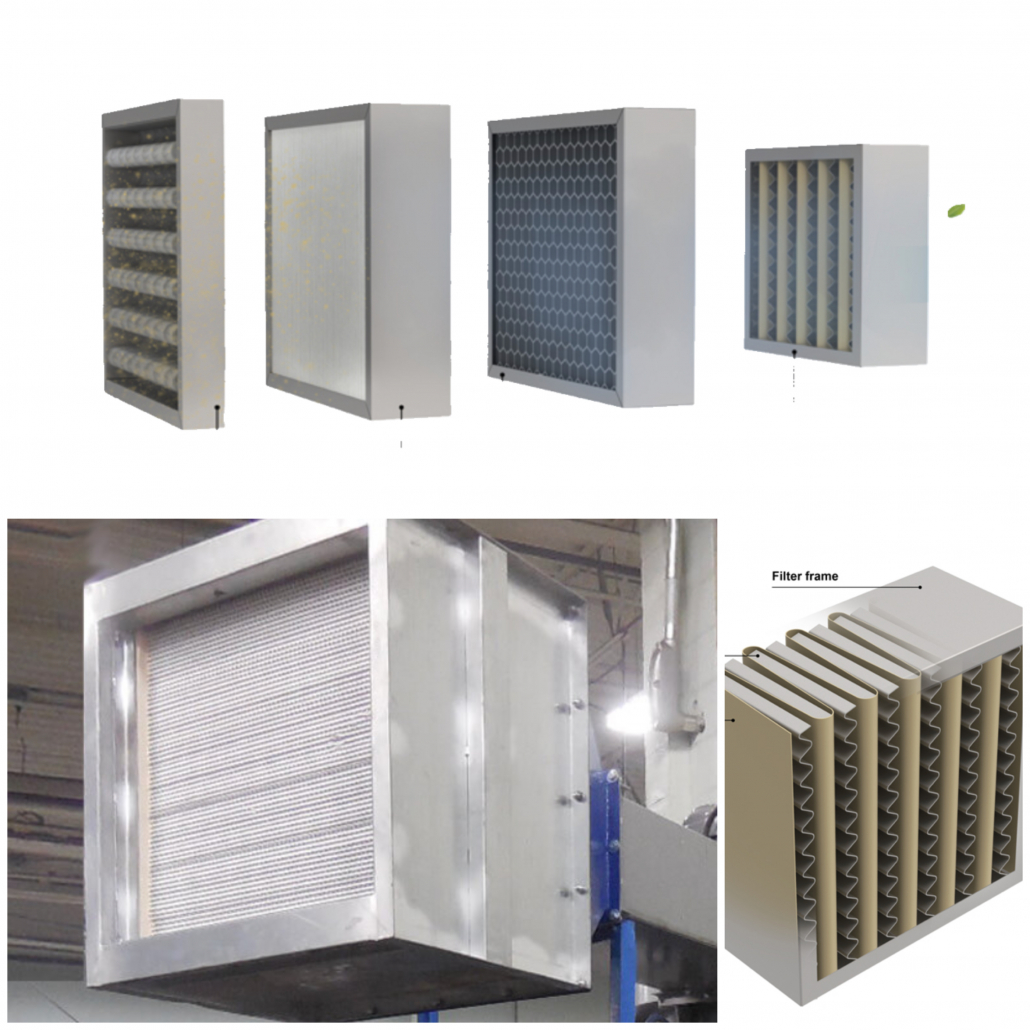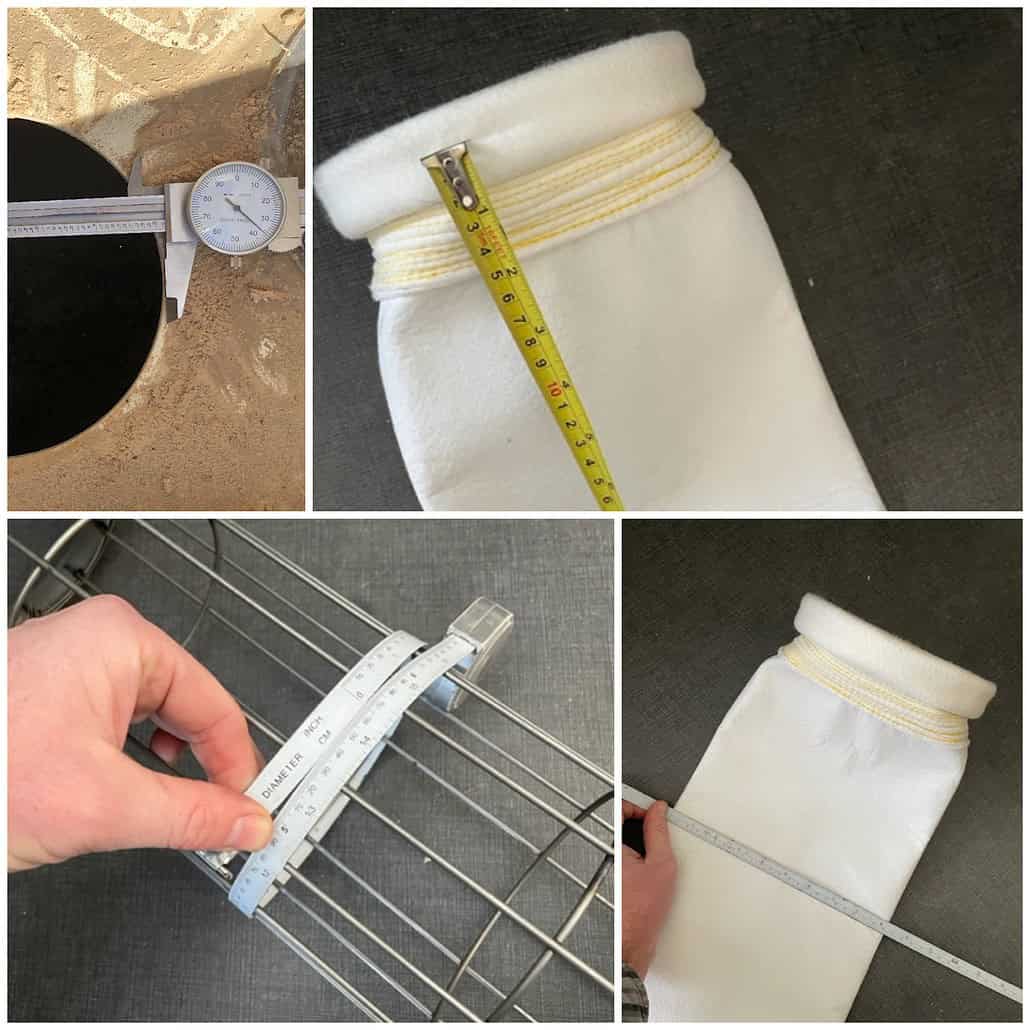By Dominick DalSanto
Environmental Technologies Expert & Author
Baghouse.com
Recently published reports are showing an increasingly positive outlook for the future of the U.S. manufacturing field. A reported 91% of management at U.S. manufacturers say that they outlook is significantly more optimistic than it was in the previous quarter. In addition nearly 60% believe that the economy will see improvement in the next six months. Both of these figures are up 10% and 11% respectively from those gathered three months ago.
These figures coincides with recently released data that shows that the U.S. manufacturing sector has grown at an annual rate of 4% in the fourth quarter of 2010 after having experienced a third quarter peak of 4.3%. This is in excess of the previous business cycle peak reached in the fourth quarter of 2007. Forecasts are calling for a 5.5% increase in 2011 and 4.4% to be seen in 2012.
While these figures demonstrate the overall positive outlook shared by most in the industry, there still remains some pessimism regarding the long term direction of U.S. manufacturing. This is shown by the fact that despite having a positive outlook, only 44% of those surveyed said they plan on increasing hiring in the next six months.
Rather than hiring more staff, companies are focusing on increasing investment in equipment and technology to improve efficiency and reduce costs.
One executive at Grant Thorton, stated that the reason for not pursuing increasing hiring is because in general the industry is feeling uncertain about the direction of U.S. policy regarding manufacturing. “These executives believe that the United States government has no battle plan to make American manufacturing more competitive in order to create more good-paying jobs. In fact, to the contrary, they believe Washington has created a climate that has made American manufacturers less competitive over the years.
A industry trade association, the National Association of Manufacturers (NAM) has even put forth suggestions on how to increase the competitiveness of U.S. manufacturing on the global scene. Among calling for reduced governmental spending over tax increases, the group has released a “Manufacturing Strategy for Jobs and a Competitive America” that offers a list of recommended actions to help U.S. industry. A few from among the long list of suggestions are:
- See a reduction in the tax burden, allowing for a more competitive structure – The U.S. currently has second highest statutory tax rate among the major industrial countries (Japan has the highest rate but has proposed a reduction, leaving the U.S. with the highest statutory rate).
- Cease the increase in federal mandates and labor regulations that increase employment expenses.
- Reform of the U.S. legal system (collectively known as Tort reform) reducing its economic impact. In the United States, the costs of direct tort litigation represent nearly 2% of the GDP – the highest rate in the world.
- Create tax incentives that stimulate investment. One cited example is to increase the current R&D tax credit rate, and make it permanent.
- Reduce trade barriers to U.S. exports. This would include enacting certain international agreements that are currently pending before U.S. lawmakers.
- Enact comprehensive health care legislation that would reduce costs, both for employers and the public in general.
The group is optimistic that the Obama administration will work to implement many of the key points of the strategy. “Based on my discussions with manufacturing executives, they support NAM’s strategy, but are skeptical that the current administration will act on their recommendations,” concluded Gruenes.
U.S. manufacturers are looking to capitalize on the recent improvements in the national economy by reducing operating costs, and improving production efficiency. Increasing investment in equipment and new technologies by companies, means there is a large potential for increases in the dust collection market. This is providing dust collector manufacturers and service providers with the opportunity to present the economic benefits of dust collection systems improvements.
About the Author
| Dominick DalSanto is an Author & Environmental Technologies Expert, specializing in Dust Collection Systems. With nearly a decade of hands-on working experience in the industry, Dominick’s knowledge of the industry goes beyond a mere classroom education. He is currently serving as Online Marketing Director & Content Manager at Baghouse.com. His articles have been published not only on Baghouse.com , but also on other industry related blogs and sites. In his spare time, Dominick writes about travel and life abroad for various travel sites and blogs.






